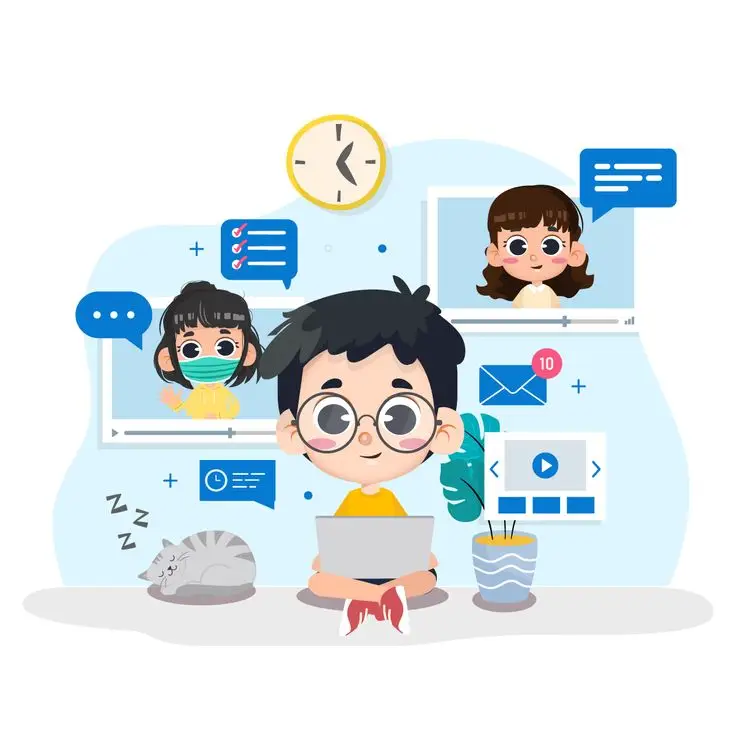
Online learning has transformed the educational landscape, offering flexibility and accessibility to students worldwide. However, keeping learners engaged in a virtual environment can be challenging. This article outlines best practices and strategies that instructors can use to foster engagement and ensure a productive and interactive online learning experience.
Engaging online learners starts with interactive and dynamic content. Instead of relying solely on traditional lectures, consider incorporating multimedia elements such as videos, infographics, and interactive quizzes. Tools like Kahoot, Quizlet, and interactive simulations can make learning more engaging.
Gamification involves integrating game-like elements into the learning process. This can include earning points, badges, and other rewards for completing tasks or reaching milestones. Gamification can increase motivation and create a sense of achievement.
Example: Create a points system where students earn rewards for participation, completing assignments on time, and contributing to discussions. Use platforms like Classcraft to gamify the learning experience.
Active learning requires students to actively participate in the learning process rather than passively consuming information. Techniques include group discussions, peer teaching, and problem-solving activities.
Example: Use breakout rooms in video conferencing tools like Zoom to facilitate small group discussions or collaborative projects. Encourage students to present their findings to the larger class.
Relating course material to real-world scenarios can make learning more relevant and interesting. Use case studies, current events, and practical examples to illustrate key concepts.
Example: Assign projects that require students to apply theoretical knowledge to real-world problems. Invite guest speakers from industry to provide insights and real-world perspectives.
Utilize various technological tools to enhance the learning experience. Learning Management Systems (LMS), collaborative tools, and educational apps can provide diverse ways for students to engage with content.
Example: Use tools like Padlet or Google Jamboard for collaborative brainstorming sessions. Integrate apps like Flipgrid for video discussions and reflections.
Personalized learning addresses the individual needs and preferences of students. Adaptive learning technologies can tailor content and assessments to each learner’s level.
Example: Use adaptive learning platforms like Smart Sparrow or Knewton that adjust the difficulty of tasks based on student performance. Offer multiple pathways for students to explore topics of interest.
Peer interaction can enhance learning through collaboration and discussion. Encourage students to work together on projects and participate in peer review activities.
Example: Organize peer review sessions where students provide feedback on each other’s work. Use collaborative platforms like Google Docs for group assignments.
Engaging online learners requires a multifaceted approach that combines interactive content, community building, real-world applications, and effective use of technology. By implementing these best practices, instructors can create a dynamic and interactive online learning environment that keeps students motivated and invested in their education. As online education continues to evolve, these strategies will be crucial in ensuring its effectiveness and success.
